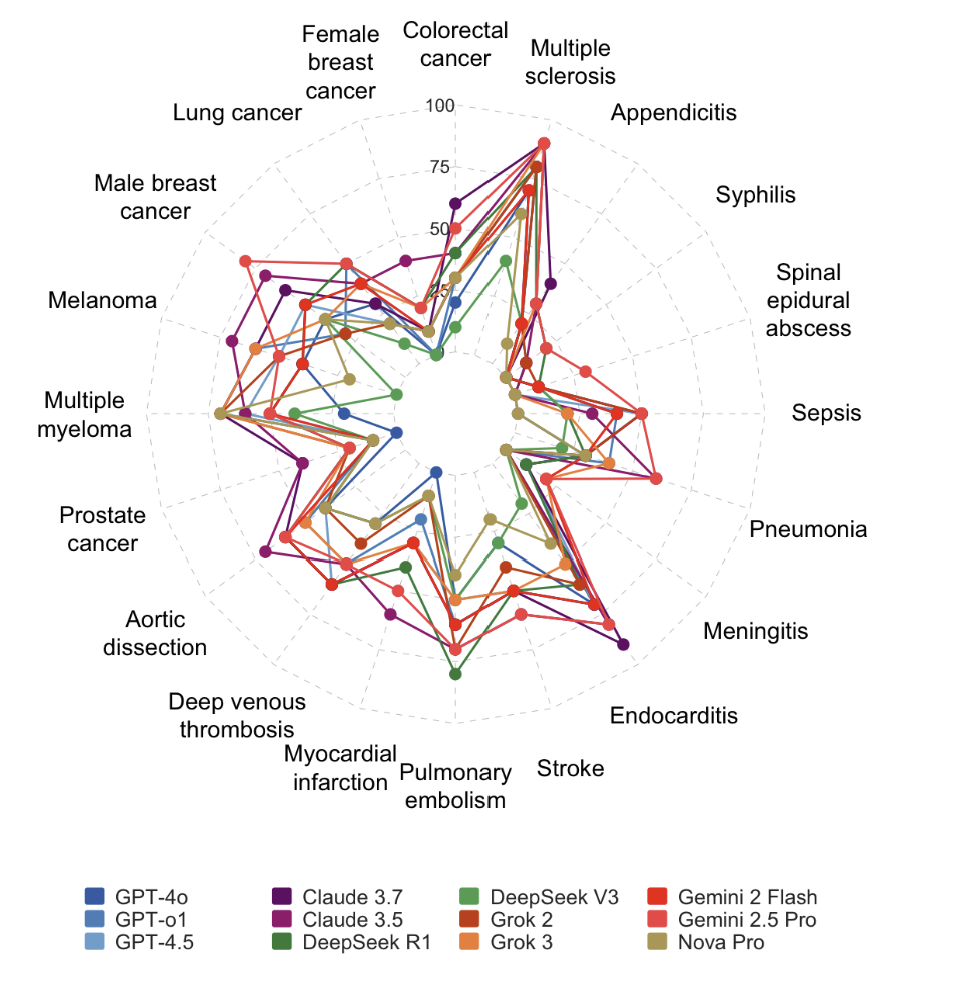You’ve trained a machine learning model, and it seems to be working. But how well is it actually working? Can you trust its predictions? Choosing the right evaluation metric is just as important as choosing the right algorithm. A model is only as good as the metric you use to measure it.
Different types of machine learning tasks require different metrics. Let’s look at some of the most common metrics for classification and regression tasks.
Metrics for Classification
In classification, we are predicting a category (e.g., “spam” or “not spam”).
The Confusion Matrix
For any binary classification problem, the results can be summarized in a Confusion Matrix:
| Predicted: NO | Predicted: YES | |
|---|---|---|
| Actual: NO | True Negative (TN) | False Positive (FP) |
| Actual: YES | False Negative (FN) | True Positive (TP) |
- True Positives (TP): You predicted YES, and the actual value was YES.
- True Negatives (TN): You predicted NO, and the actual value was NO.
- False Positives (FP): You predicted YES, but the actual value was NO. (A “Type I error”)
- False Negatives (FN): You predicted NO, but the actual value was YES. (A “Type II error”)
From this matrix, we can derive several key metrics:
- Accuracy: ((TP + TN) / (All)). The most intuitive metric. It’s the ratio of correct predictions to the total number of predictions. However, it can be misleading for imbalanced datasets.
- Precision: (TP / (TP + FP)). Of all the times you predicted YES, how many were actually YES? This is crucial when the cost of a false positive is high (e.g., a medical diagnosis).
- Recall (Sensitivity): (TP / (TP + FN)). Of all the actual YESes, how many did you correctly identify? This is important when the cost of a false negative is high (e.g., fraud detection).
- F1-Score: (2 * (Precision * Recall) / (Precision + Recall)). The harmonic mean of Precision and Recall. It provides a single score that balances both concerns.
Metrics for Regression
In regression, we are predicting a continuous value (e.g., the price of a house).
- Mean Absolute Error (MAE): The average of the absolute differences between the predicted and actual values. It’s easy to interpret as it’s in the same units as the target variable.
- Mean Squared Error (MSE): The average of the squared differences between the predicted and actual values. It penalizes larger errors more than MAE.
- Root Mean Squared Error (RMSE): The square root of the MSE. This is also in the same units as the target variable and is one of the most popular regression metrics.
Calculating Metrics with Scikit-Learn
scikit-learn makes it trivial to calculate all of these metrics.
from sklearn.datasets import make_classification
from sklearn.model_selection import train_test_split
from sklearn.linear_model import LogisticRegression
from sklearn.metrics import accuracy_score, precision_score, recall_score, f1_score, confusion_matrix
# --- Classification Metrics Example ---
X, y = make_classification(n_samples=1000, n_features=20, random_state=42)
X_train, X_test, y_train, y_test = train_test_split(X, y, test_size=0.3, random_state=42)
# Train a simple model
model = LogisticRegression(solver='liblinear')
model.fit(X_train, y_train)
y_pred = model.predict(X_test)
# Calculate metrics
accuracy = accuracy_score(y_test, y_pred)
precision = precision_score(y_test, y_pred)
recall = recall_score(y_test, y_pred)
f1 = f1_score(y_test, y_pred)
conf_matrix = confusion_matrix(y_test, y_pred)
print("--- Classification Metrics ---")
print(f"Accuracy: {accuracy:.4f}")
print(f"Precision: {precision:.4f}")
print(f"Recall: {recall:.4f}")
print(f"F1-Score: {f1:.4f}")
print("\\nConfusion Matrix:")
print(conf_matrix)
# --- Regression Metrics Example ---
from sklearn.datasets import make_regression
from sklearn.linear_model import LinearRegression
from sklearn.metrics import mean_absolute_error, mean_squared_error
import numpy as np
X_reg, y_reg = make_regression(n_samples=1000, n_features=20, noise=20, random_state=42)
X_reg_train, X_reg_test, y_reg_train, y_reg_test = train_test_split(X_reg, y_reg, test_size=0.3, random_state=42)
reg_model = LinearRegression()
reg_model.fit(X_reg_train, y_reg_train)
y_reg_pred = reg_model.predict(X_reg_test)
mae = mean_absolute_error(y_reg_test, y_reg_pred)
mse = mean_squared_error(y_reg_test, y_reg_pred)
rmse = np.sqrt(mse)
print("\\n--- Regression Metrics ---")
print(f"Mean Absolute Error (MAE): {mae:.4f}")
print(f"Mean Squared Error (MSE): {mse:.4f}")
print(f"Root Mean Squared Error (RMSE): {rmse:.4f}")Choosing the Right Metric
The best metric depends entirely on your business goal.
- Spam detection? You want to avoid false positives (classifying a real email as spam). Prioritize Precision.
- Cancer diagnosis? You want to avoid false negatives at all costs (missing a real case). Prioritize Recall.
- Predicting house prices? If large errors are especially bad, RMSE might be more appropriate than MAE.
Conclusion
Model evaluation is a crucial step in the machine learning pipeline. Simply looking at accuracy is often not enough. Understanding the trade-offs between different metrics and choosing the one that best aligns with the goals of your project is essential for building effective and reliable models.








